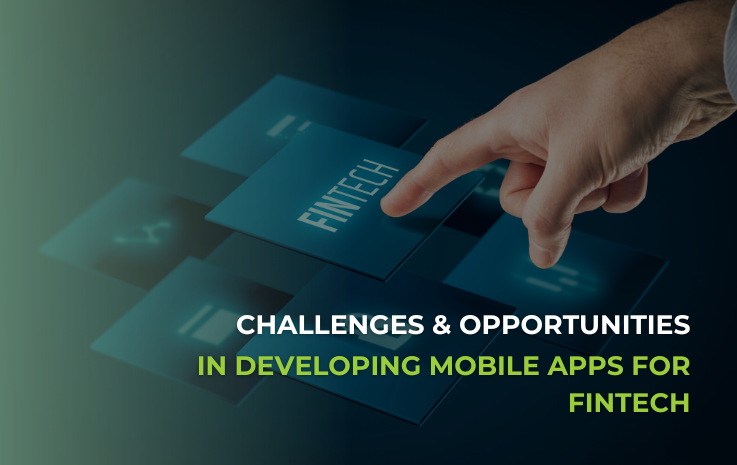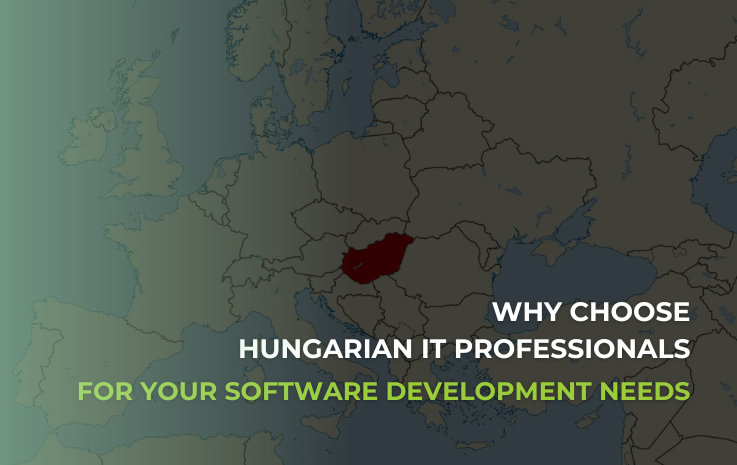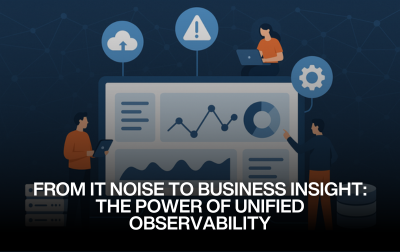
What Is Unified Observability and Why Does It Matter for Your Business
Reliable IT performance has become essential for delivering quality digital experiences. Whether dealing with a sluggish website, slow-loading mobile app, or unexplained service outages, technical issues can have immediate consequences—lost revenue, reduced customer satisfaction, and reputational damage. These are no longer concerns confined to the IT department. They have evolved into critical priorities for executive leadership, especially as digital services become core to business strategy.
Unified observability offers a modern approach to understanding and managing the health of digital systems, making it easier to detect, diagnose, and address issues before they affect users or operations.
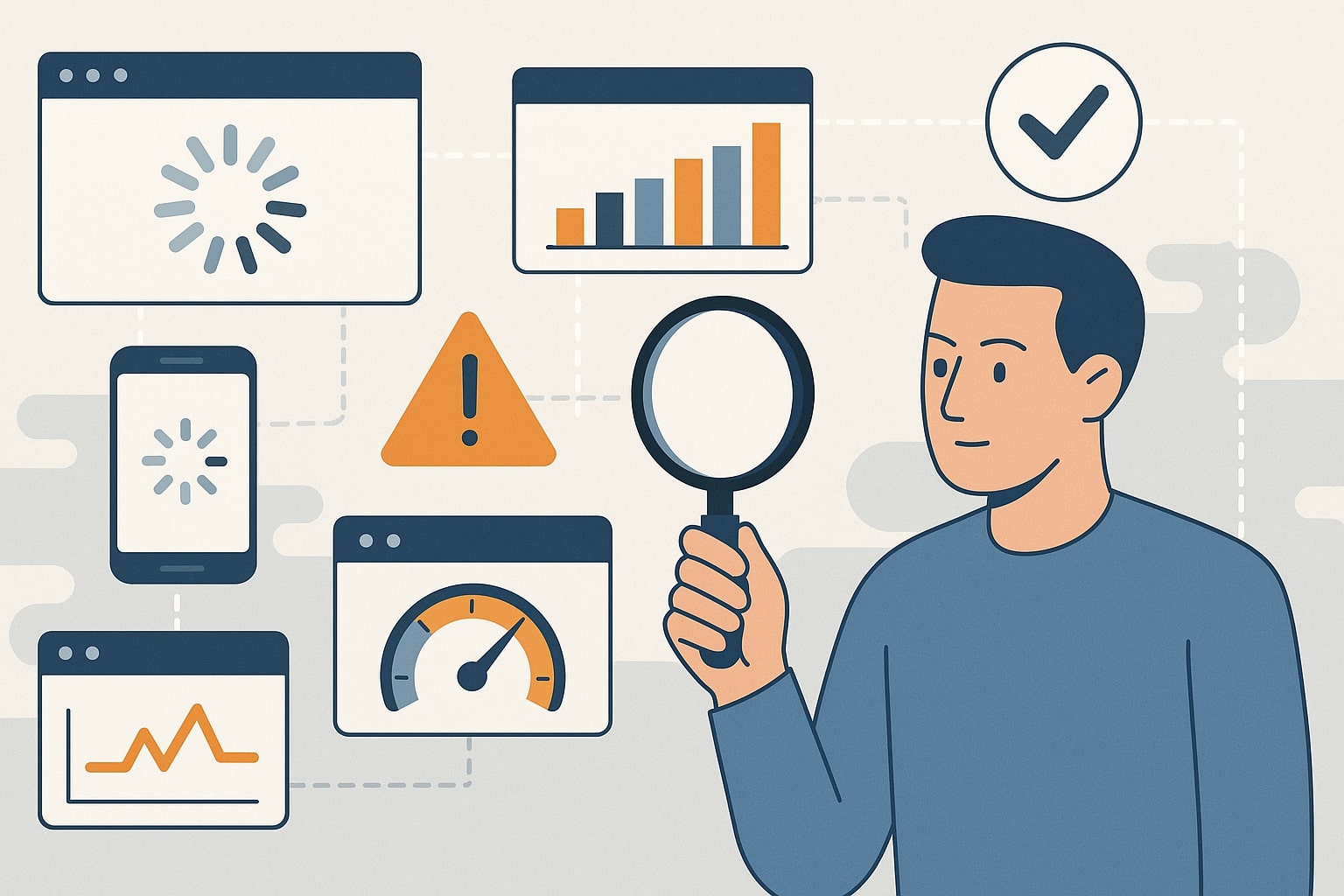
The Challenge of Monitoring Complex IT Systems
Modern software environments have grown exponentially in both scale and complexity. Applications now often rely on a vast web of interconnected cloud services, microservices architectures, APIs, databases, and third-party integrations. These components might be distributed across geographies and managed by different teams or vendors. Each part of the system generates its own stream of logs, performance metrics, event data, and user activity traces.
Traditionally, IT operations teams had to use different tools to monitor these disparate data sources. One tool collected system logs, another handled infrastructure metrics, and yet another traced application transactions. This patchwork of monitoring tools created information silos, complicating efforts to pinpoint the root cause of system issues.
The result? A fragmented view of system health that leads to longer resolution times, increased operational costs, and missed opportunities for optimization. In critical industries like finance, healthcare, or e-commerce, even a few minutes of downtime can have serious financial and reputational consequences.
Defining Unified Observability
Unified observability represents a fundamental shift in how organizations monitor and manage their IT ecosystems. Rather than relying on isolated tools, unified observability brings all relevant data—logs, metrics, traces, and events—into a centralized, cohesive platform. This consolidated approach provides comprehensive visibility across the entire technology stack, from infrastructure to application code.
Imagine managing a large business by constantly jumping between department-specific reports without an overall view of performance. It would be inefficient and prone to misinterpretation. Unified observability offers that all-in-one dashboard for your IT operations, enabling faster detection of anomalies, quicker root cause analysis, and improved decision-making.
This level of visibility empowers IT teams to proactively identify issues before they impact users, reduce downtime, and ensure systems are performing optimally. It also helps organizations embrace DevOps and Site Reliability Engineering (SRE) principles, where collaboration, automation, and continuous improvement are paramount.
The Strategic Value for Business Leaders
Even if you’re not directly involved in IT, unified observability should be on your radar. Here’s why this strategic approach can drive business value:
- Minimized Downtime: Faster problem resolution means services stay up and running, reducing disruptions to revenue-generating activities.
- Improved Customer Experience: Consistent system performance ensures better digital experiences for clients and partners.
- Smarter Investments: Insights derived from observability data support more informed decisions about infrastructure spending and software development.
- Operational Efficiency: By unifying tools and data, your teams can work more collaboratively and efficiently, reducing duplication of effort.
- Competitive Advantage: Businesses with robust IT observability can adapt more quickly to market demands and technological shifts.
Unified observability isn’t just a technical upgrade—it’s a business enabler.
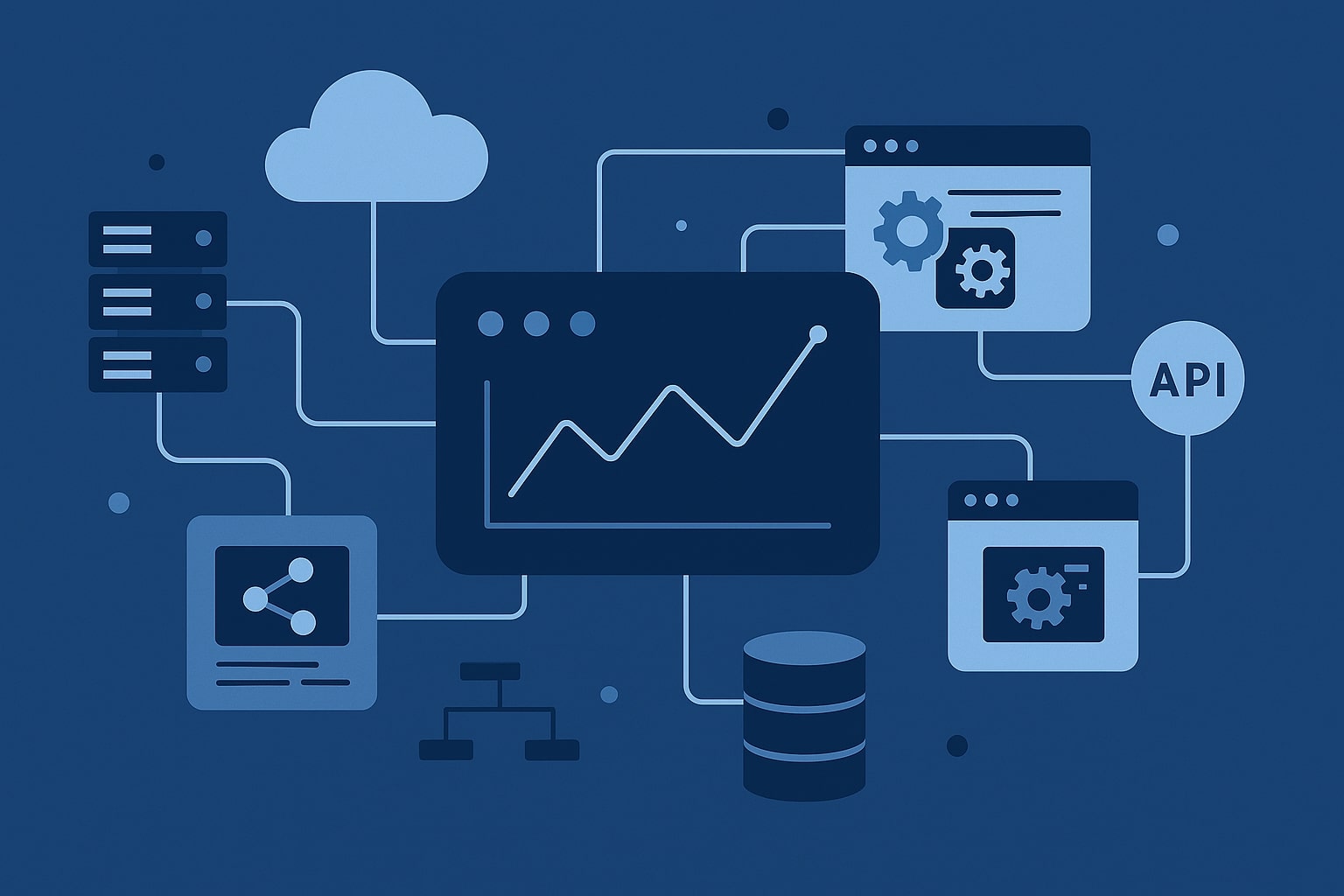
OpenTelemetry: A Foundational Technology
A critical component in implementing unified observability is the use of OpenTelemetry, an open-source standard developed under the Cloud Native Computing Foundation (CNCF). OpenTelemetry enables consistent collection of telemetry data—logs, metrics, and traces—from applications and systems regardless of platform or programming language.
The importance of OpenTelemetry lies in its vendor-neutral design. Organizations no longer need to commit to proprietary formats or expensive toolchains to gain observability. Instead, they can integrate diverse data sources into a unified observability platform that meets their unique operational and business requirements.
By adopting OpenTelemetry, companies ensure scalability, flexibility, and long-term sustainability in their observability strategy. It also lays the groundwork for machine learning and automation, allowing predictive insights and anomaly detection in real-time.
Planning Your Transition to Unified Observability
Transitioning to unified observability is less about starting from scratch and more about strategically enhancing your current monitoring ecosystem. Here are a few key considerations:
- Assess Current State: Conduct an audit of existing tools, data flows, and observability gaps. Identify redundancies and inefficiencies.
- Define Success Metrics: Establish KPIs aligned with business goals, such as reduced mean time to resolution (MTTR) or improved system uptime.
- Adopt Open Standards: Select tools and platforms that support interoperability and open standards like OpenTelemetry.
- Empower Teams: Train teams to use observability tools effectively and encourage cross-functional collaboration between developers, operations, and business units.
- Leverage Expertise: Consider partnering with experienced consultants who understand both technical and organizational challenges.
Unified observability is not a one-time implementation but a journey of continuous improvement and innovation.

How Aleron IT Can Help
At Aleron IT, we understand that every business has unique needs and challenges. Our team specializes in designing and deploying tailored observability solutions that align with your organizational objectives. Whether you’re exploring observability for the first time or seeking to optimize a mature setup, we offer expert guidance across every phase—from planning and tool selection to integration, training, and ongoing support.
We help bridge the gap between business goals and IT execution, ensuring that your observability investments deliver measurable value.
Contact us today to discover how unified observability can transform your IT landscape and support smarter, faster business decisions.

